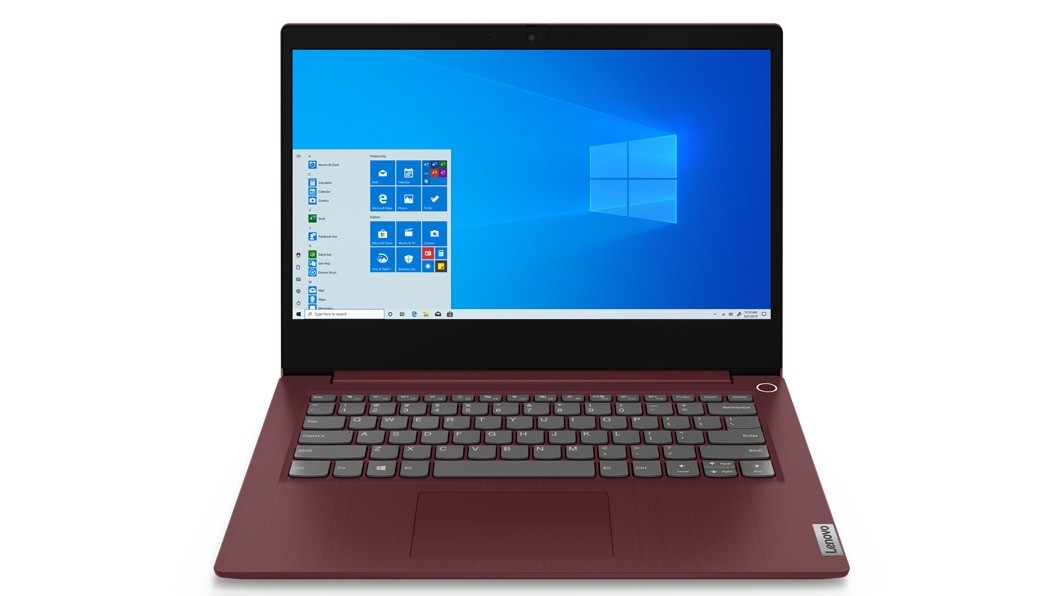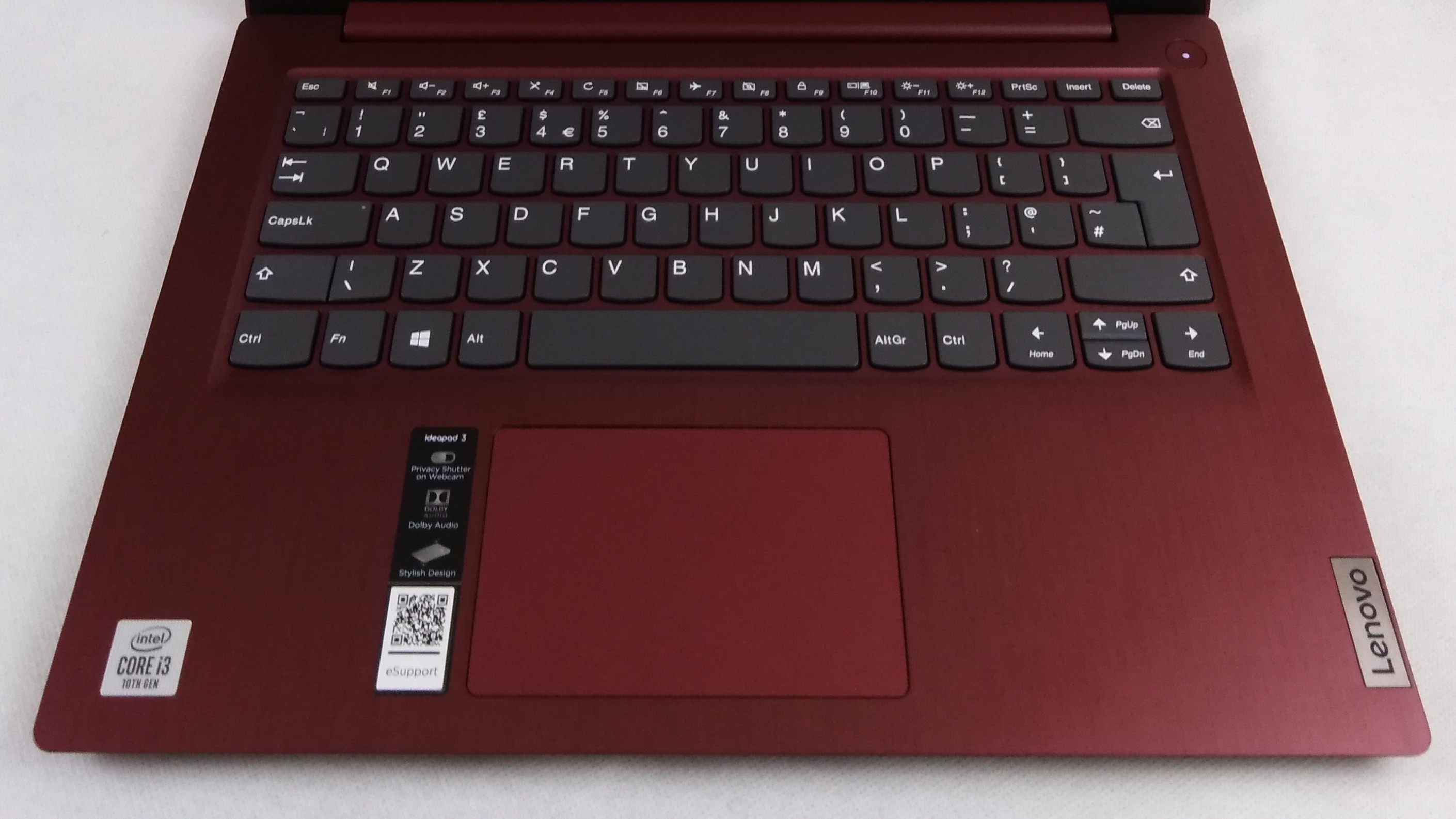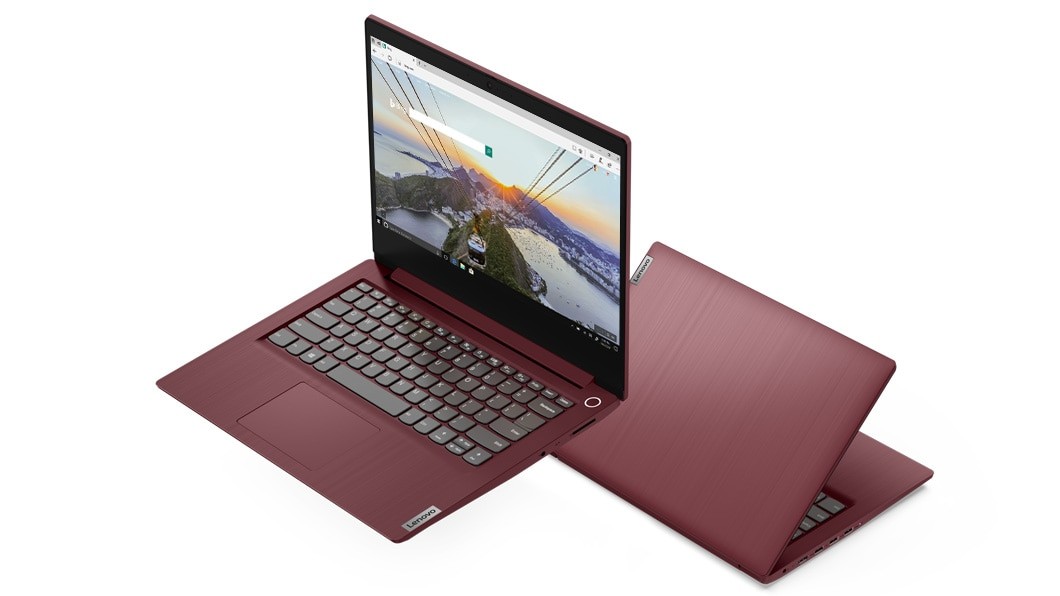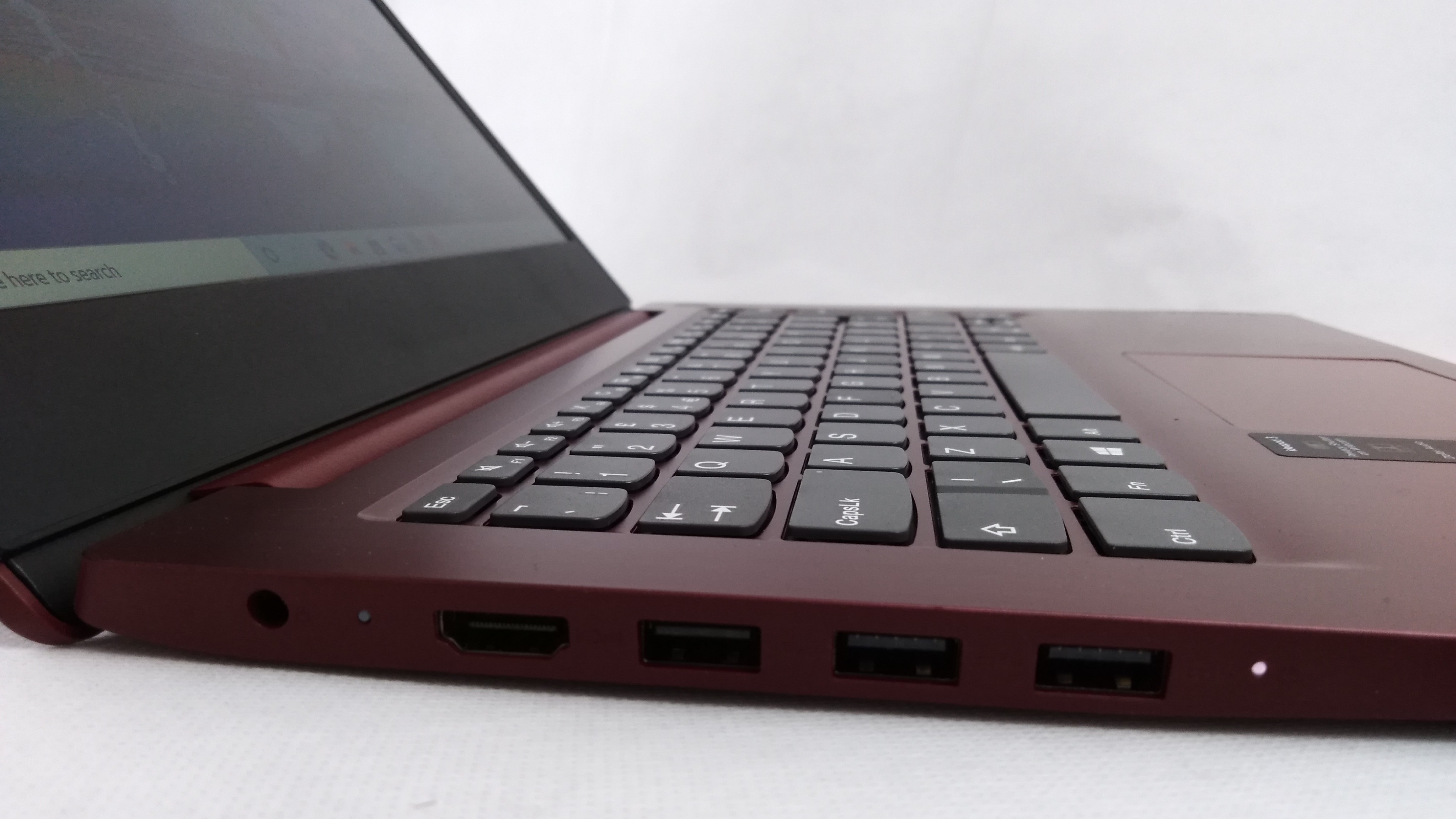Lenovo Ideapad 3i review: does this low-priced laptop stack up?
If you're tight on budget, this lightweight laptop has a lot to offer. Our Lenovo Ideapad 3i review explains what it's like to use.


This lightweight and stylish-looking Windows laptop is quite the bargain. Despite its low price, it's happy to handle day-to-day tasks such as email, web surfing, YouTube videos, Zoom calls, spreadsheets and word processing. You will have to compromise, however, on the quality of the screen and audio, which are both below par.
-
+
Low price
-
+
Good for day-to-day tasks
-
+
Privacy shutter
-
+
Decent storage
-
-
Low screen brightness
-
-
Poor quality audio
-
-
Unsuitable for gaming or Photoshop
Why you can trust T3
The priciest laptops are worth investing in, if you’re a creative professional using graphics-heavy tools like Photoshop or After Effects, a businessperson running enterprise software, or a hardcore PC gamer. Most people, though, don’t need a hugely powerful computer. They just want an affordable machine that can handle most things and isn't a back-breaker in a bag.
Enter the Lenovo Ideapad 3i (not to be confused with the pricier IdeaPad Gaming 3i or the IdeaPad 3). One of the best lightweight laptops available today at a budget price, it lets you perform day-to-day tasks like checking your emails, surfing the web and making Zoom calls, without breaking the bank (you can get an even cheaper price with one of our Lenovo discount codes). We spent some time with the Lenovo Ideapad 3i to see how it works in practice...
Lenovo Ideapad 3i review: design
The first thing you notice about the Lenovo IdeaPad 3i is that it’s very light. At just 1.6kg (3.5lbs), it feels like it doesn’t weigh anything at all. And you certainly wouldn’t think twice about slipping it in your bag on the way to work, the gym or your local cafe. It’s not too small, though: at just over 32 x 24cm, just under 0.8 inches (2cm) thick and with a 14-inch screen, it’s a decent size for both work and fun.
A sticker on the keyboard proclaims this is a ‘stylish design’, and we can’t disagree. Particularly when the lid is closed, this looks not dissimilar to some laptops that are far more expensive, thanks to the brushed metal effect.
The illusion is only broken when you touch it, and it becomes immediately clear that this is plastic. Onlookers won’t know that, though, and if outward appearances are important to you, then that does count for something.

The keyboard feels a little cramped, taking up only a fraction of the available space (12 x 28cm out of a total 24 x 32.5cm). Because of this, the keys are very close together, although they are at least pleasantly large and we found it fine for typing overall. Note that there’s no backlight or number pad, though, and the cramped arrow keys would be pretty rubbish for gaming.
On the positive side, the touchpad is suitably large (7 x 10.5cm), and we love that the built-in 0.3MP webcam has a physical shutter: a simple but useful feature that’s missing from even many premium laptops, such as the Latitude 9410 2-in-1.
Get all the latest news, reviews, deals and buying guides on gorgeous tech, home and active products from the T3 experts
If you wish, you can use the webcam to sign in securely with Windows Hello. Finally, while you can’t open the laptop with one hand, we were surprised to see that you can move the lid through a full 180 degrees, lying it flat with the keyboard.
Lenovo Ideapad 3i review: screen and speakers

The Lenovo Ideapad 3i comes with 14-inch Full HD (1,920 x 1,080) TN display with an anti-glare coating. But while that may sound good on paper, note that it’s not a touchscreen, and when it comes to watching movies or playing games, it doesn’t deliver the greatest of visual experiences. The brightness is weak (maxing out at just 220 nits), colours on video look washed out, and contrast is low. Audio from the two 1.5W speakers isn't great, either. The sound is decently tinny, with an almost total absence of bass.
Yes, this is a budget laptop so you probably shouldn’t be expecting a premium experience in this area. But there’s no sugar-coating it: video and audio quality are the areas where Lenovo’s made the greatest compromise to achieve a low price.
Lenovo Ideapad 3i review: performance

The Lenovo Ideapad 3i comes with an Intel Core i3-1005G1 dual-core processor (two cores/four threads, 1.20GHz, up to 3.40GHz with Turbo Boost, 4MB Cache). You get Integrated Intel UHD graphics, 4GB of RAM and 128GB SSD storage. All this means the laptop can handle most computing tasks, although we wouldn’t recommend it for resource-heavy tasks like photo masking, video filtering, 3D modelling, HD gaming, or demanding business software.
For day to day use, though, such as answering emails, surfing the web, watching YouTube videos, writing essays and reports, and using apps like Google Calendar, it performs perfectly well. We had no problem opening multiple tabs while browsing, and never got to a point when things slowed down seriously or crashed. The Lenovo Ideapad 3i was also happy running multiple streaming apps, such as Netflix and Spotify, concurrently.
In short, there wasn’t really any disruption to our daily workflow, although occasionally websites with lots of high-res images would take slightly longer to load, and software downloads were slower too, than we’re used to on more expensive laptops.
Also note that the Lenovo Ideapad 3i is installed with Windows 10 Home in S mode, which is the least processor-demanding configuration of the operating system. This restricts you to only using Edge for browsing the web, and only downloading apps from the Microsoft Store. You do have the option of turning it off, but then don’t be surprised if things run a little more slowly from then on.
Lenovo Ideapad 3i review: battery life and connectivity

One of the ironies of the modern market is that the most expensive ultrathin laptops tend to offer the least in terms of connectivity. For example, the premium-priced Dell XPS 13 has just four ports. This is one area where the Lenovo Ideapad 3i scores pretty well, offering a total of seven slots in total.
Most of these appear on the left-hand side, where you’ll find a power connector, an HDMI port, two USB 3.1 (Gen 1) ports and a USB 2.0 port.

On the right, meanwhile, there’s a headphone jack, a Novo Button and an SD card reader. That adds to a good range of connectors, although it’s disappointing that there’s no USB-C port at all.
The Lenovo Ideapad 3i comes with a two-cell, 35Wh battery that promises up to seven and a half hours of battery life, and that seems about right. We managed between five and six hours with our fairly intensive daily workflow of web browsing, emails, word processing, software testing and video streaming.
Also, in our standard ‘stuck on a coach journey’ test, where we run a downloaded Netflix video on a loop, the laptop kept going for five hours 32 minutes. That's not amazing, but seems reasonable for a device at this price.
Lenovo Ideapad 3i review: verdict
There’s a lot to like about the Lenovo Ideapad 3i. It looks pretty stylish – from a distance, at least. It’s lightweight, and easy to pick up and carry around. It’s capable of performing day-to-day computing tasks smoothly and efficiently, making it a good choice for schoolchildren, students and casual users. And best of all, it’s available for a low, low price.
Bear in mind, though, you'll have make some compromises for that low price. Most strikingly, the screen is below-par compared to most laptops, with a low level of brightness that makes it unsuitable for using outdoors. And the speakers are also lacking, so we’d suggest getting some headphones or external speakers if you want to listen to music or watch videos.
If you’re happy to make those compromises, though, you’re getting a pretty decent laptop for very little money.

Tom May is a freelance writer and author of the book, Great Ted Talks: Creativity. He has been editor of Professional Photography magazine, associate editor at Creative Bloq, and deputy editor at net magazine. He has also worked for a wide range of mainstream titles including Radio Times, NME, Heat, Company and Bella.
